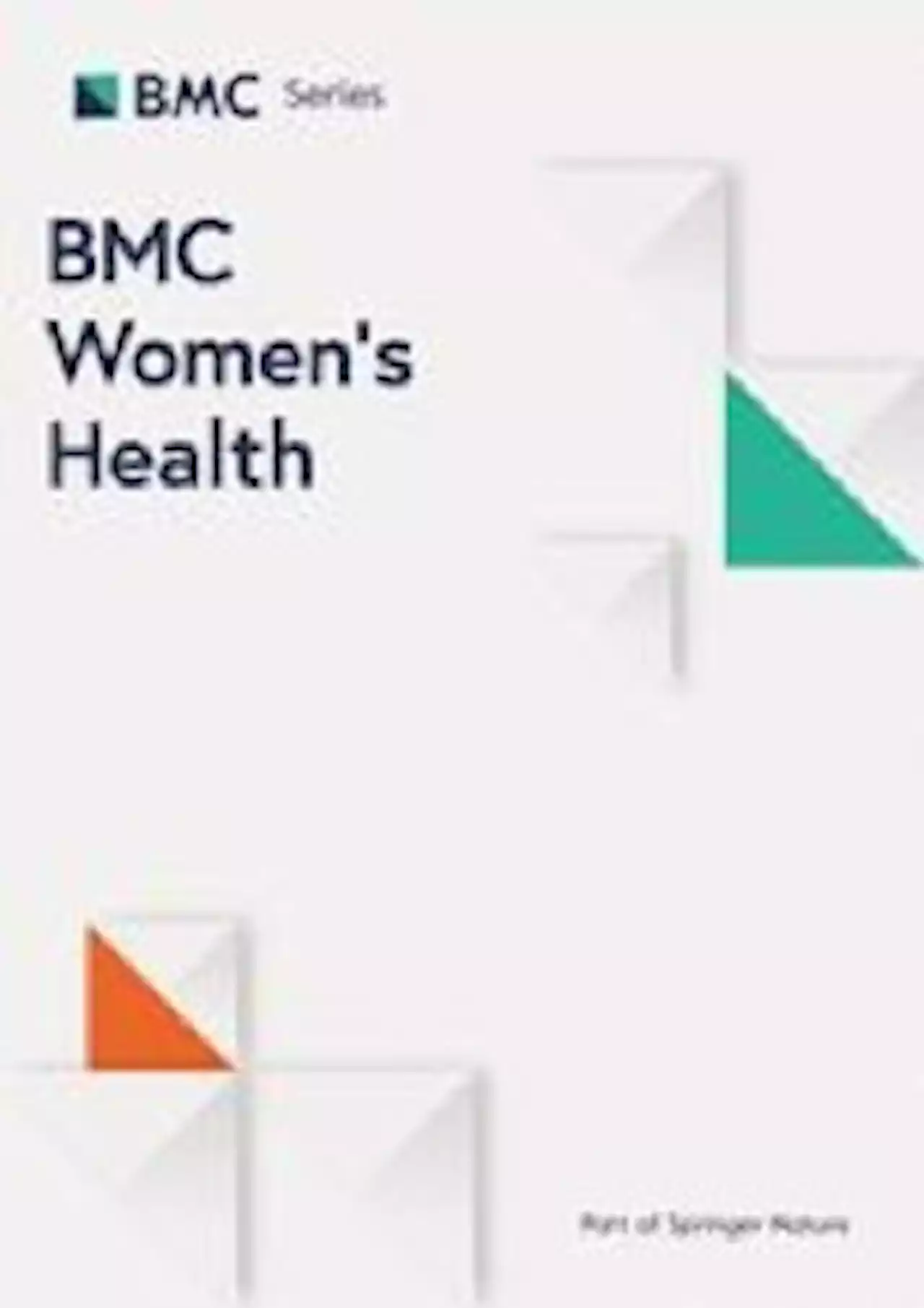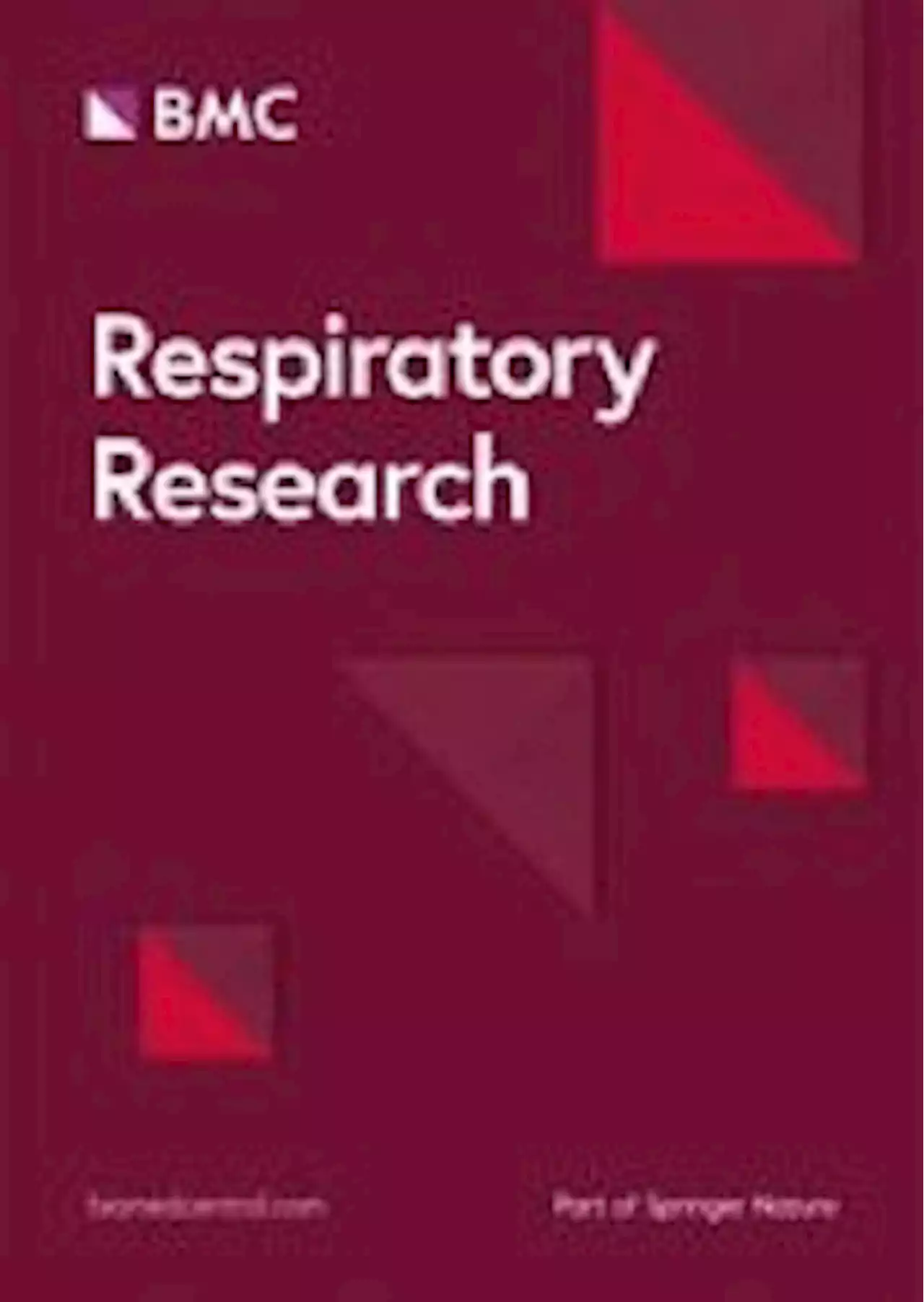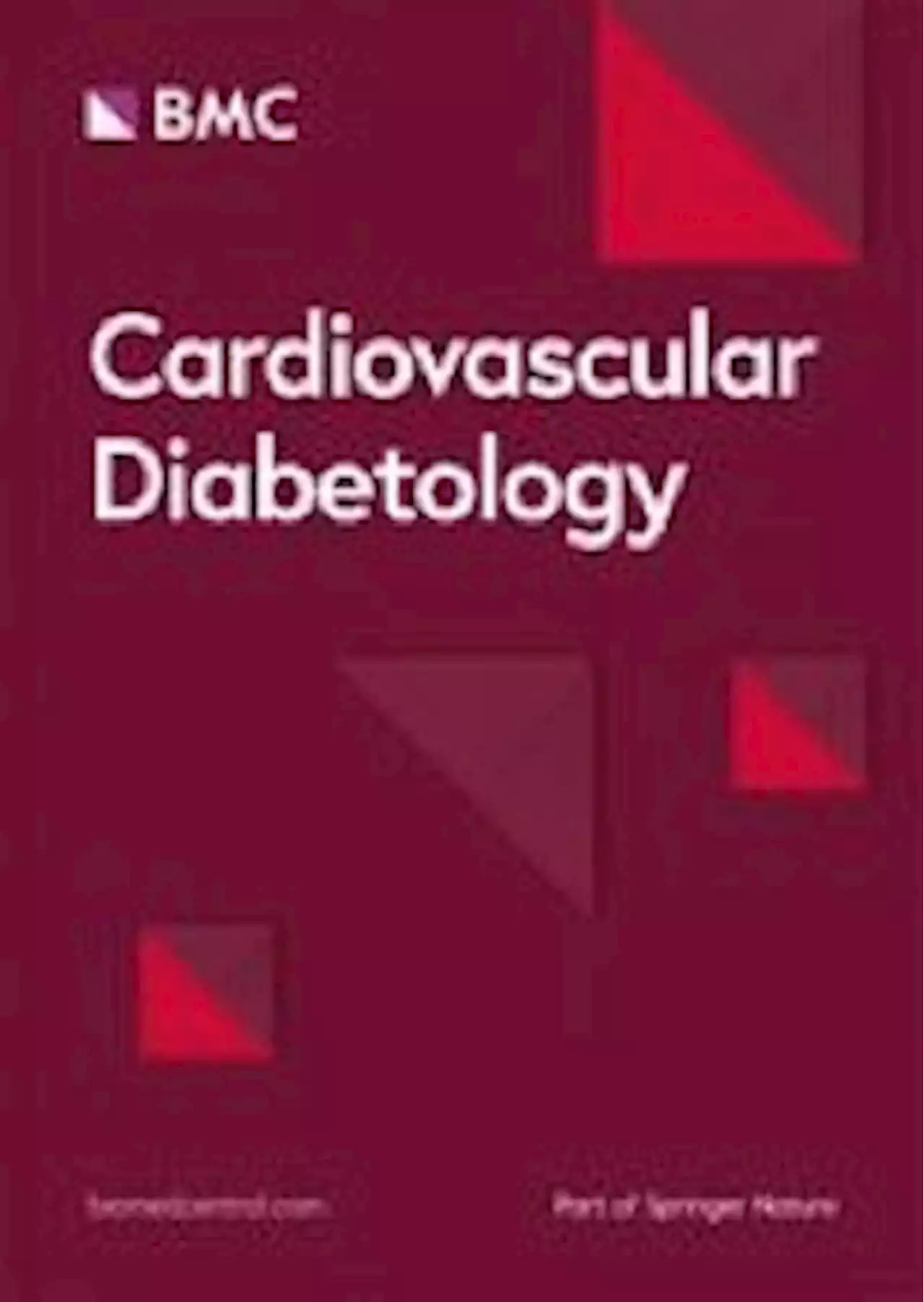New method reveals insights into interplay between immunesystem and tumors yale
results suggest that human VEGF-A production in the TME of mice bearing an autologous human TME enhances tumor growth in MISTRG6 PDX models.While advances in immunotherapy have greatly improved quality and length of life for people with cancer, there remains significant variability in individual patient responses to treatment.
MISTRG6 mice engrafted with relatively few HSPCs develop a humanized TME that reflects the immune makeup of living patients. Indeed, we found that a low-volume BM aspiration can provide sufficient HSPCs to engraft multiple mice on a scale not seen previously. These cohorts are large enough to facilitate drug or other comparisons, opening the door to exciting experiments such as prospective co-clinical trials.
The ability to study the myeloid cell fraction of the TME is critical to understanding tumor-immune interactions.
In this regard, the demonstration of several macrophage subtypes in the TME of autologously engrafted MISTRG6 mice may provide a way to decipher these processes. While absence of human thymus in this system suggests that T cells are selected in mouse thymus, our data show that a subset of CD8 T cells are activated, including in the TME.
United Kingdom Latest News, United Kingdom Headlines
Similar News:You can also read news stories similar to this one that we have collected from other news sources.
 ROGUE: an R Shiny app for RNA sequencing analysis and biomarker discovery - BMC BioinformaticsBackground The growing power and ever decreasing cost of RNA sequencing (RNA-Seq) technologies have resulted in an explosion of RNA-Seq data production. Comparing gene expression values within RNA-Seq datasets is relatively easy for many interdisciplinary biomedical researchers; however, user-friendly software applications increase the ability of biologists to efficiently explore available datasets. Results Here, we describe ROGUE (RNA-Seq Ontology Graphic User Environment, https://marisshiny.research.chop.edu/ROGUE/ ), a user-friendly R Shiny application that allows a biologist to perform differentially expressed gene analysis, gene ontology and pathway enrichment analysis, potential biomarker identification, and advanced statistical analyses. We use ROGUE to identify potential biomarkers and show unique enriched pathways between various immune cells. Conclusions User-friendly tools for the analysis of next generation sequencing data, such as ROGUE, will allow biologists to efficiently explore their datasets, discover expression patterns, and advance their research by allowing them to develop and test hypotheses.
ROGUE: an R Shiny app for RNA sequencing analysis and biomarker discovery - BMC BioinformaticsBackground The growing power and ever decreasing cost of RNA sequencing (RNA-Seq) technologies have resulted in an explosion of RNA-Seq data production. Comparing gene expression values within RNA-Seq datasets is relatively easy for many interdisciplinary biomedical researchers; however, user-friendly software applications increase the ability of biologists to efficiently explore available datasets. Results Here, we describe ROGUE (RNA-Seq Ontology Graphic User Environment, https://marisshiny.research.chop.edu/ROGUE/ ), a user-friendly R Shiny application that allows a biologist to perform differentially expressed gene analysis, gene ontology and pathway enrichment analysis, potential biomarker identification, and advanced statistical analyses. We use ROGUE to identify potential biomarkers and show unique enriched pathways between various immune cells. Conclusions User-friendly tools for the analysis of next generation sequencing data, such as ROGUE, will allow biologists to efficiently explore their datasets, discover expression patterns, and advance their research by allowing them to develop and test hypotheses.
Read more »
 Experience and severity of menopause symptoms and effects on health-seeking behaviours: a cross-sectional online survey of community dwelling adults in the United Kingdom - BMC Women's HealthBackground Almost all women will experience menopause, and the symptoms can have a severely detrimental impact on their quality of life. However, there is limited research exploring health-seeking behaviours and alternative service design or consultation formats. Group consultations have been successfully deployed in perinatal and diabetic care, improving accessibility and outcomes. This cross-sectional online survey was conducted to explore women’s personal experiences of menopause, including perspectives on group consultations. Methods An online survey investigated the experiences of individuals at all stages of menopause and their receptiveness towards group consultations for menopause. Respondents were categorised by menopause stage according to the STRAW + 10 staging system. Associations between menopause stage, acceptability of group consultations and participant demographics were assessed using logistic regression. Results Respondents experienced an average of 10.7 menopausal symptoms, but only 47% of respondents felt they had the knowledge and tools to manage their symptoms. Advice on menopause was sought from a healthcare professional (HCP) by 61% of respondents, the largest trigger for this being severity of symptoms and the main barrier for this was the perception that menopause wasn’t a valid enough reason to seek help. Of the respondents seeking advice from HCPs, 32% were prescribed transdermal HRT, 29% received oral HRT, 19% were offered antidepressants, 18% received local oestrogen and 6% were prescribed testosterone. Over three quarters (77%) of respondents indicated that they would join a group consultation for menopause and would be comfortable sharing their experiences with others (75%). Logistic regression indicated premenopausal respondents were 2.84 times more likely than postmenopausal women to be interested in a group consultation where they can meet or learn from others’ experiences. Conclusions This study highlighted a strong willingness of
Experience and severity of menopause symptoms and effects on health-seeking behaviours: a cross-sectional online survey of community dwelling adults in the United Kingdom - BMC Women's HealthBackground Almost all women will experience menopause, and the symptoms can have a severely detrimental impact on their quality of life. However, there is limited research exploring health-seeking behaviours and alternative service design or consultation formats. Group consultations have been successfully deployed in perinatal and diabetic care, improving accessibility and outcomes. This cross-sectional online survey was conducted to explore women’s personal experiences of menopause, including perspectives on group consultations. Methods An online survey investigated the experiences of individuals at all stages of menopause and their receptiveness towards group consultations for menopause. Respondents were categorised by menopause stage according to the STRAW + 10 staging system. Associations between menopause stage, acceptability of group consultations and participant demographics were assessed using logistic regression. Results Respondents experienced an average of 10.7 menopausal symptoms, but only 47% of respondents felt they had the knowledge and tools to manage their symptoms. Advice on menopause was sought from a healthcare professional (HCP) by 61% of respondents, the largest trigger for this being severity of symptoms and the main barrier for this was the perception that menopause wasn’t a valid enough reason to seek help. Of the respondents seeking advice from HCPs, 32% were prescribed transdermal HRT, 29% received oral HRT, 19% were offered antidepressants, 18% received local oestrogen and 6% were prescribed testosterone. Over three quarters (77%) of respondents indicated that they would join a group consultation for menopause and would be comfortable sharing their experiences with others (75%). Logistic regression indicated premenopausal respondents were 2.84 times more likely than postmenopausal women to be interested in a group consultation where they can meet or learn from others’ experiences. Conclusions This study highlighted a strong willingness of
Read more »
 Association between serum copper, zinc, and selenium concentrations and depressive symptoms in the US adult population, NHANES (2011–2016) - BMC PsychiatryBackground Evidence suggests that alterations in serum trace element concentrations are closely associated with mental illness. However, studies on the relationship between serum copper, zinc, and selenium concentrations and depressive symptoms are limited and with controversial results. We aimed to investigate the association between serum concentrations of these trace elements and depressive symptoms in US adults. Methods Data from the National Health and Nutrition Examination Survey (NHANES) (2011–2016) were used in this cross-sectional study. The Patient Health Questionnaire-9 Items (PHQ-9) was employed to assess depressive symptoms. Multiple logistic regression was performed to determine the relationship between the serum concentrations of copper, zinc, and selenium and depressive symptoms. Results A total of 4552 adults were included. Subjects with depressive symptoms had higher serum copper concentrations (123.88 ± 1.87) than those without depressive symptoms (116.99 ± 0.86) (p | 0.001). In Model 2, weighted logistic regression analysis showed that the second (Q2) quartile of zinc concentrations (odds ratio [OR] = 1.534, 95% confident interval [CI]: 1.018 to 2.313) were significantly associated with an increased risk of depressive symptoms. Subgroup analysis revealed that the third (Q3) and fourth (Q4) quartiles of copper concentrations (Q3: OR = 2.699, 95% CI: 1.285 to 5.667; Q4: OR = 2.490, 95% CI: 1.026 to 6.046) were also positively associated with depressive symptoms in obese individuals after controlling for all confounders. However, no significant relationship between serum selenium concentrations and depressive symptoms was observed. Conclusions Obese US adults with high serum copper concentrations, as well as US adults in general with low serum zinc concentrations, were susceptible to depressive symptoms. Nevertheless, the causal mechanisms underlying these relationships need to be further explored.
Association between serum copper, zinc, and selenium concentrations and depressive symptoms in the US adult population, NHANES (2011–2016) - BMC PsychiatryBackground Evidence suggests that alterations in serum trace element concentrations are closely associated with mental illness. However, studies on the relationship between serum copper, zinc, and selenium concentrations and depressive symptoms are limited and with controversial results. We aimed to investigate the association between serum concentrations of these trace elements and depressive symptoms in US adults. Methods Data from the National Health and Nutrition Examination Survey (NHANES) (2011–2016) were used in this cross-sectional study. The Patient Health Questionnaire-9 Items (PHQ-9) was employed to assess depressive symptoms. Multiple logistic regression was performed to determine the relationship between the serum concentrations of copper, zinc, and selenium and depressive symptoms. Results A total of 4552 adults were included. Subjects with depressive symptoms had higher serum copper concentrations (123.88 ± 1.87) than those without depressive symptoms (116.99 ± 0.86) (p | 0.001). In Model 2, weighted logistic regression analysis showed that the second (Q2) quartile of zinc concentrations (odds ratio [OR] = 1.534, 95% confident interval [CI]: 1.018 to 2.313) were significantly associated with an increased risk of depressive symptoms. Subgroup analysis revealed that the third (Q3) and fourth (Q4) quartiles of copper concentrations (Q3: OR = 2.699, 95% CI: 1.285 to 5.667; Q4: OR = 2.490, 95% CI: 1.026 to 6.046) were also positively associated with depressive symptoms in obese individuals after controlling for all confounders. However, no significant relationship between serum selenium concentrations and depressive symptoms was observed. Conclusions Obese US adults with high serum copper concentrations, as well as US adults in general with low serum zinc concentrations, were susceptible to depressive symptoms. Nevertheless, the causal mechanisms underlying these relationships need to be further explored.
Read more »
 Vitamin D promotes epithelial tissue repair and host defense responses against influenza H1N1 virus and Staphylococcus aureus infections - Respiratory ResearchBackground Early studies indicated that vitamin D (VD) exerted pleiotropic extra-skeletal effects in the airway, but the definite linkage between VD deficiency and airway host responses remains unclear. Methods 142 cases of clinical data from Department of Otolaryngology, the Seventh Affiliated Hospital of Sun Yat-sen University, were collected to characterize the relationship between VD deficiency and chronic rhinosinusitis (CRS). Based on the clinical observations, 2.5-D airway epithelial organoids cultured at the air–liquid interface (ALI) were used to simulate the effects of VD treatment in the development of airway epithelium and the modulation of the host responses against influenza H1N1 virus (representing viral infections) and Staphylococcus aureus (representing bacterial infections) infections in the airway. The intrinsic mechanisms of VD deficiency underlying epithelial remodeling were mapped by transcriptomic as well as proteomic analyses. Results In this study we observed prevailing VD deficiency among inpatients suffering from CRS, a common disease predominantly characterized by epithelial impairment and remodeling. Relative to control organoids cultured without VD, long-term incubation with VD accelerated basal cell proliferation during nasal epithelial development. Under infectious conditions, VD treatment protected the organoids against influenza H1N1 virus and Staphylococcus aureus invasions by reinforcing the respiratory host defenses, including upregulation of LL37, suppression (or inhibition) of proinflammatory cytokines, strengthening of epithelial integrity, and mucociliary clearance. In silico analysis of transcriptomics and proteomics suggested that VD modulated the epithelial development and remodeling, involving epithelial cell proliferation/differentiation, epithelial–mesenchymal transition (EMT), and cytokine signaling in the immune system, as well as responses to microbe, cell junction organization, and extracellular matrix organization
Vitamin D promotes epithelial tissue repair and host defense responses against influenza H1N1 virus and Staphylococcus aureus infections - Respiratory ResearchBackground Early studies indicated that vitamin D (VD) exerted pleiotropic extra-skeletal effects in the airway, but the definite linkage between VD deficiency and airway host responses remains unclear. Methods 142 cases of clinical data from Department of Otolaryngology, the Seventh Affiliated Hospital of Sun Yat-sen University, were collected to characterize the relationship between VD deficiency and chronic rhinosinusitis (CRS). Based on the clinical observations, 2.5-D airway epithelial organoids cultured at the air–liquid interface (ALI) were used to simulate the effects of VD treatment in the development of airway epithelium and the modulation of the host responses against influenza H1N1 virus (representing viral infections) and Staphylococcus aureus (representing bacterial infections) infections in the airway. The intrinsic mechanisms of VD deficiency underlying epithelial remodeling were mapped by transcriptomic as well as proteomic analyses. Results In this study we observed prevailing VD deficiency among inpatients suffering from CRS, a common disease predominantly characterized by epithelial impairment and remodeling. Relative to control organoids cultured without VD, long-term incubation with VD accelerated basal cell proliferation during nasal epithelial development. Under infectious conditions, VD treatment protected the organoids against influenza H1N1 virus and Staphylococcus aureus invasions by reinforcing the respiratory host defenses, including upregulation of LL37, suppression (or inhibition) of proinflammatory cytokines, strengthening of epithelial integrity, and mucociliary clearance. In silico analysis of transcriptomics and proteomics suggested that VD modulated the epithelial development and remodeling, involving epithelial cell proliferation/differentiation, epithelial–mesenchymal transition (EMT), and cytokine signaling in the immune system, as well as responses to microbe, cell junction organization, and extracellular matrix organization
Read more »
 Disparities in breast cancer mortality among Latin American women: trends and predictions for 2030 - BMC Public HealthBackground Breast cancer is among the leading cause of cancer-related mortality among Latin American and Caribbean (LAC) women, but a comprehensive and updated analysis of mortality trends is lacking. The objective of this study was to determine the breast cancer mortality rates between 1997 and 2017 for LAC countries and predict mortality until 2030. Methods We retrieved breast cancer deaths across 17 LAC countries from the World Health Organization mortality database. Age-standardized mortality rates per 100,000 women-years were estimated. Mortality trends were evaluated with Joinpoint regression analyses by country and age group (all ages, | 50 years, and ≥ 50 years). By 2030, we predict number of deaths, mortality rates, changes in population structure and size, and the risk of death from breast cancer. Results Argentina, Uruguay, and Venezuela reported the highest mortality rates throughout the study period. Guatemala, El Salvador, and Nicaragua reported the largest increases (from 2.4 to 2.8% annually), whereas Argentina, Chile, and Uruguay reported downward trends (from − 1.0 to − 1.6% annually). In women | 50y, six countries presented downward trends and five countries showed increasing trends. In women ≥ 50y, three countries had decreased trends and ten showed increased trends. In 2030, increases in mortality are expected in the LAC region, mainly in Guatemala (+ 63.0%), Nicaragua (+ 47.3), El Salvador (+ 46.2%), Ecuador (+ 38.5%) and Venezuela (+ 29.9%). Conclusion Our findings suggest considerable differences in breast cancer mortality across LAC countries by age group. To achieve the 2030 sustainable developmental goals, LAC countries should implement public health strategies to reduce mortality by breast cancer.
Disparities in breast cancer mortality among Latin American women: trends and predictions for 2030 - BMC Public HealthBackground Breast cancer is among the leading cause of cancer-related mortality among Latin American and Caribbean (LAC) women, but a comprehensive and updated analysis of mortality trends is lacking. The objective of this study was to determine the breast cancer mortality rates between 1997 and 2017 for LAC countries and predict mortality until 2030. Methods We retrieved breast cancer deaths across 17 LAC countries from the World Health Organization mortality database. Age-standardized mortality rates per 100,000 women-years were estimated. Mortality trends were evaluated with Joinpoint regression analyses by country and age group (all ages, | 50 years, and ≥ 50 years). By 2030, we predict number of deaths, mortality rates, changes in population structure and size, and the risk of death from breast cancer. Results Argentina, Uruguay, and Venezuela reported the highest mortality rates throughout the study period. Guatemala, El Salvador, and Nicaragua reported the largest increases (from 2.4 to 2.8% annually), whereas Argentina, Chile, and Uruguay reported downward trends (from − 1.0 to − 1.6% annually). In women | 50y, six countries presented downward trends and five countries showed increasing trends. In women ≥ 50y, three countries had decreased trends and ten showed increased trends. In 2030, increases in mortality are expected in the LAC region, mainly in Guatemala (+ 63.0%), Nicaragua (+ 47.3), El Salvador (+ 46.2%), Ecuador (+ 38.5%) and Venezuela (+ 29.9%). Conclusion Our findings suggest considerable differences in breast cancer mortality across LAC countries by age group. To achieve the 2030 sustainable developmental goals, LAC countries should implement public health strategies to reduce mortality by breast cancer.
Read more »
 Smoking behavior change and risk of cardiovascular disease incidence and mortality in patients with type 2 diabetes mellitus - Cardiovascular DiabetologyBackground We aimed to examine the association between smoking behavior change and risk of cardiovascular disease (CVD) incidence and mortality in patients with type 2 diabetes mellitus (T2DM). Methods This study used nationwide data from the Korean National Health Insurance System and included 349,137 T2DM patients who smoked. Smoking behavior changes were defined with five groups: quitters, reducers I (≥ 50% reduction), reducers II (20–50% reduction), sustainers (± 20%), and increasers (≥ 20% increase) from the number of cigarettes/day at the baseline. Results During a median follow-up of 5.1 years, 6,514 cases of myocardial infarction (MI) (1.9%), 7,837 cases of ischemic stroke (IS) (2.2%), and 14,932 deaths (4.3%) were identified. Quitters had a significantly decreased risk of MI (adjusted hazard ratio [aHR] 0.80, 95% CI 0.75–0.86) and IS (aHR 0.80, 95% CI 0.75–0.85) compared to sustainers, whereas reducers did not have a significant association with the risk of MI (aHR 1.03, 95% CI 0.94–1.13) and IS (aHR 1.00, 95% CI 0.92–1.08) in reducer I. Quitters also had a lower all-cause and CVD mortality than sustainers. Conclusions Smoking cessation was associated with decreased CVD incidence, and all-cause and CVD mortality among T2DM patients. However, smoking reduction was not associated with decreased risks for these.
Smoking behavior change and risk of cardiovascular disease incidence and mortality in patients with type 2 diabetes mellitus - Cardiovascular DiabetologyBackground We aimed to examine the association between smoking behavior change and risk of cardiovascular disease (CVD) incidence and mortality in patients with type 2 diabetes mellitus (T2DM). Methods This study used nationwide data from the Korean National Health Insurance System and included 349,137 T2DM patients who smoked. Smoking behavior changes were defined with five groups: quitters, reducers I (≥ 50% reduction), reducers II (20–50% reduction), sustainers (± 20%), and increasers (≥ 20% increase) from the number of cigarettes/day at the baseline. Results During a median follow-up of 5.1 years, 6,514 cases of myocardial infarction (MI) (1.9%), 7,837 cases of ischemic stroke (IS) (2.2%), and 14,932 deaths (4.3%) were identified. Quitters had a significantly decreased risk of MI (adjusted hazard ratio [aHR] 0.80, 95% CI 0.75–0.86) and IS (aHR 0.80, 95% CI 0.75–0.85) compared to sustainers, whereas reducers did not have a significant association with the risk of MI (aHR 1.03, 95% CI 0.94–1.13) and IS (aHR 1.00, 95% CI 0.92–1.08) in reducer I. Quitters also had a lower all-cause and CVD mortality than sustainers. Conclusions Smoking cessation was associated with decreased CVD incidence, and all-cause and CVD mortality among T2DM patients. However, smoking reduction was not associated with decreased risks for these.
Read more »